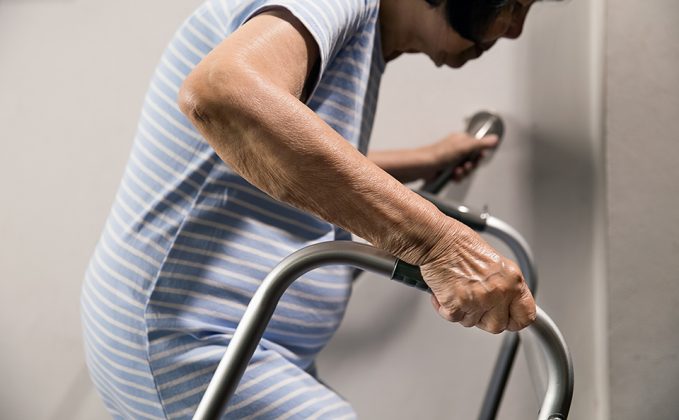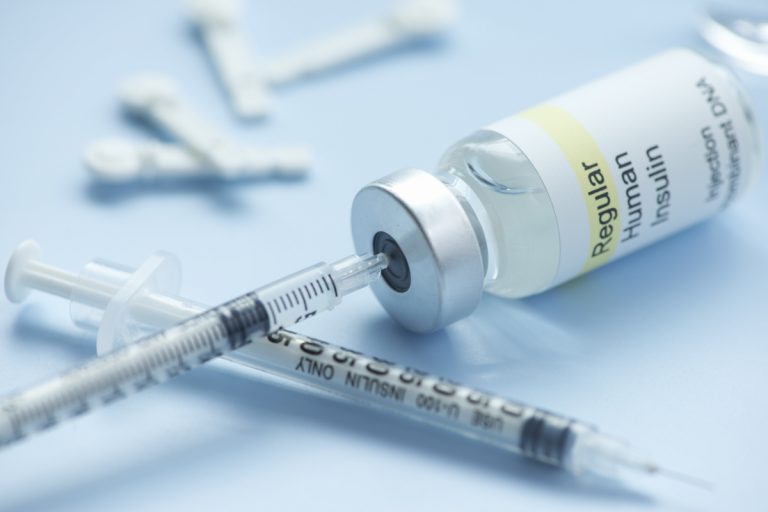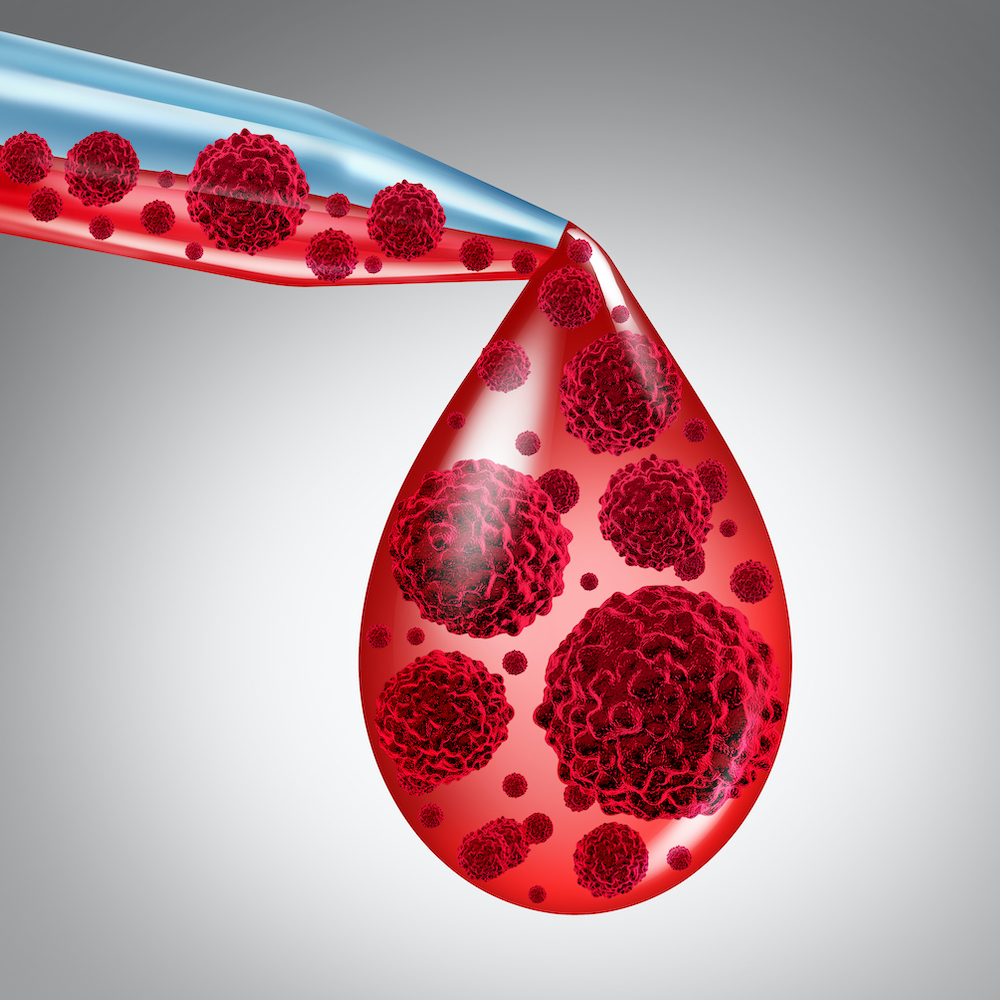A combination of magnesium dietary intake, physical activity, and weight loss reduces hemoglobin A1c (HbA1C) in patients of different ethnicities and genders with type 2 diabetes, according to a study published in Endocrinology, Diabetes & Metabolism.
In this study, researchers analyzed a historical cohort of 2,831 patients with diagnosed type 2 diabetes obtained from the National Health and Nutrition Examination Survey 2011 to 2014 public database. They focused on assessing measurements of physical activity, nutrition, body mass index (BMI), and HbA1c and used multivariate and path analyses and to estimate physical activity and nutrition intake on HbA1c stratified by gender and ethnicity (non-Hispanic white, non-Hispanic Black, and Mexican American).
The researchers observed an appreciable path from increased physical activity to increased magnesium (Mg) intake to reduced HbA1c. In addition, they noted, increased physical activity significantly decreased BMI, which further decreased HbA1c. While the results varied by gender and ethnicity, they were found to be directionally consistent.
“The beneficial effects of physical activity on decreased HbA1c were mediated through the increased Mg intake and decreased BMI,” the researchers concluded. “This aligned with recent investigations of the inverse causal association of Mg intake with insulin resistance and with decreased inflammation.”
Keywords: NHANES, T2DM, magnesium intake, path analysis, physical activity









